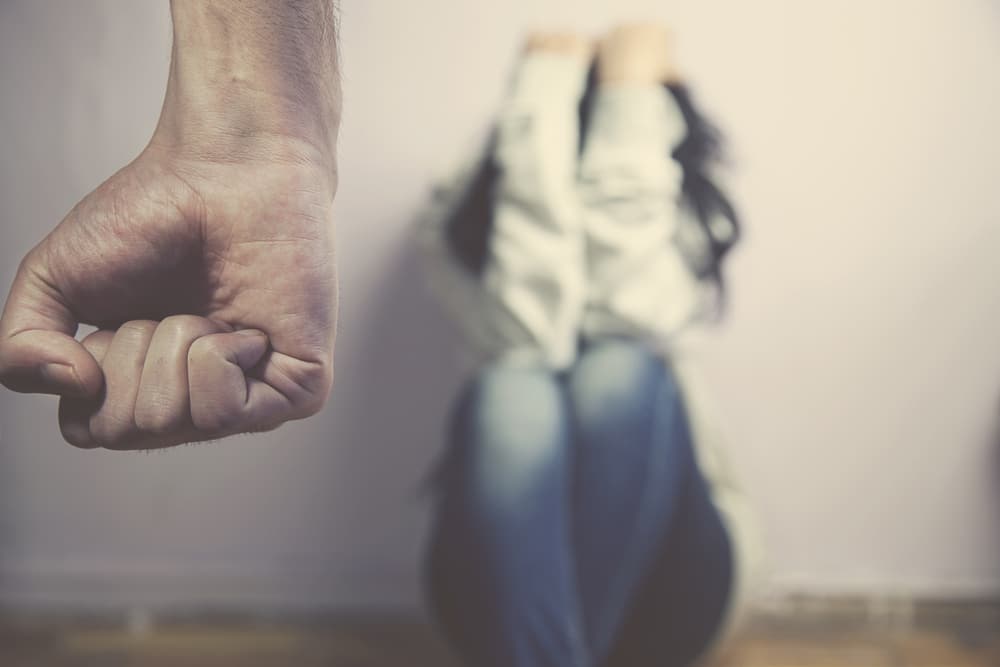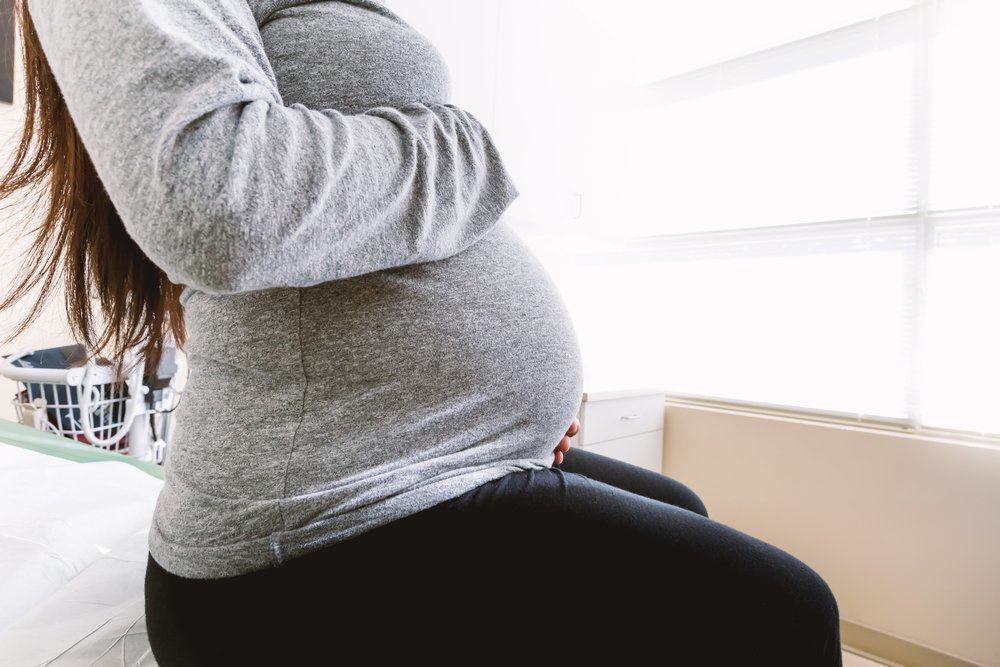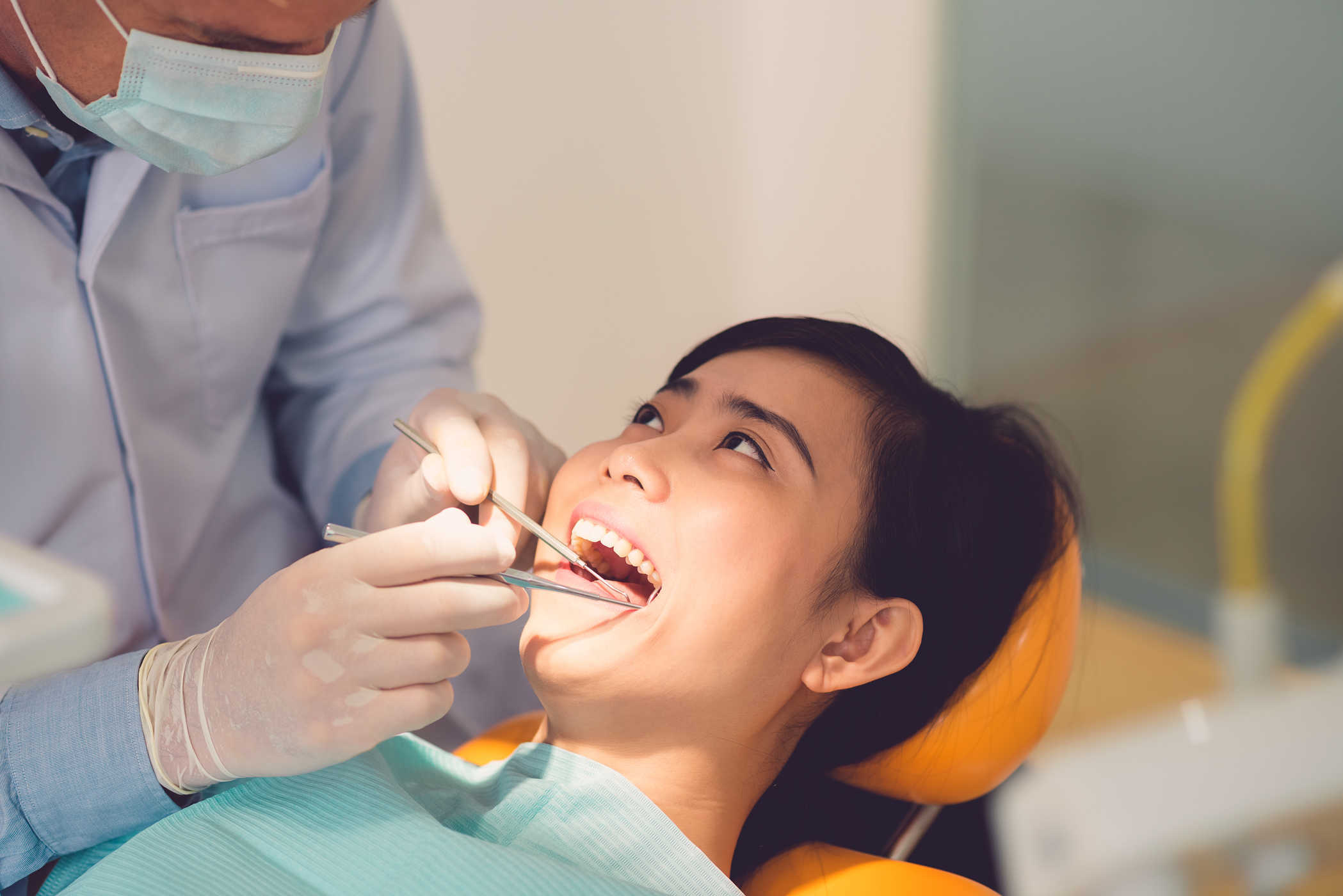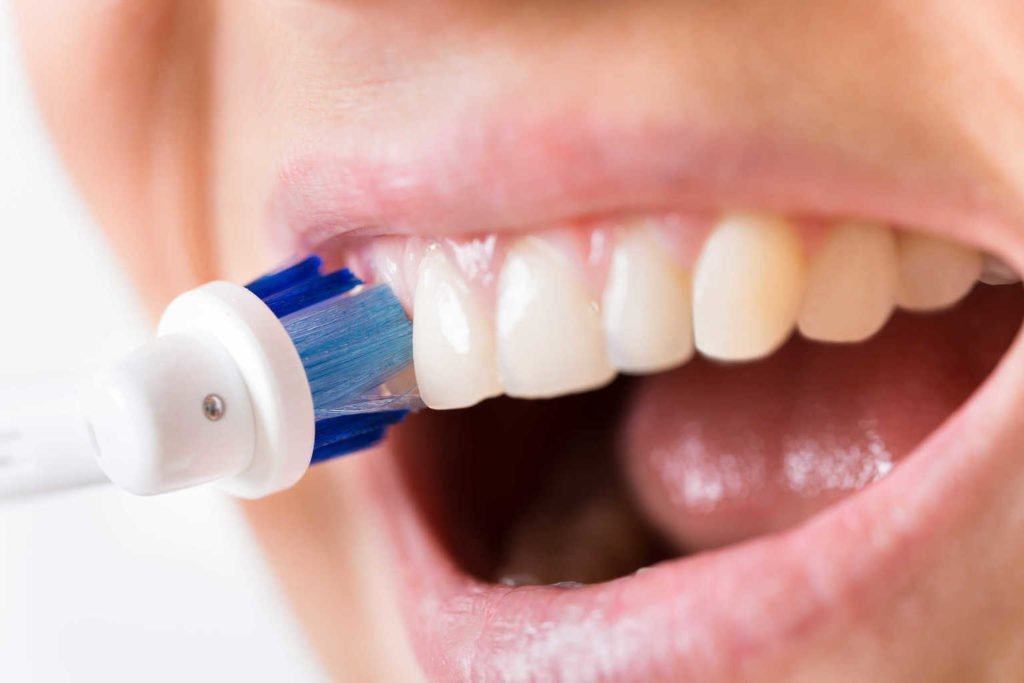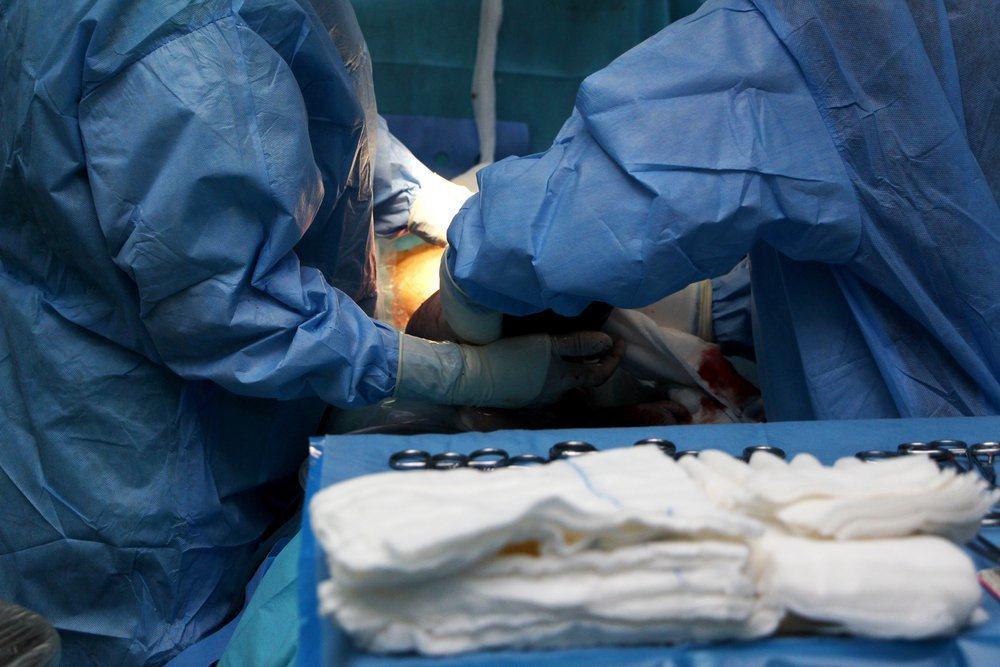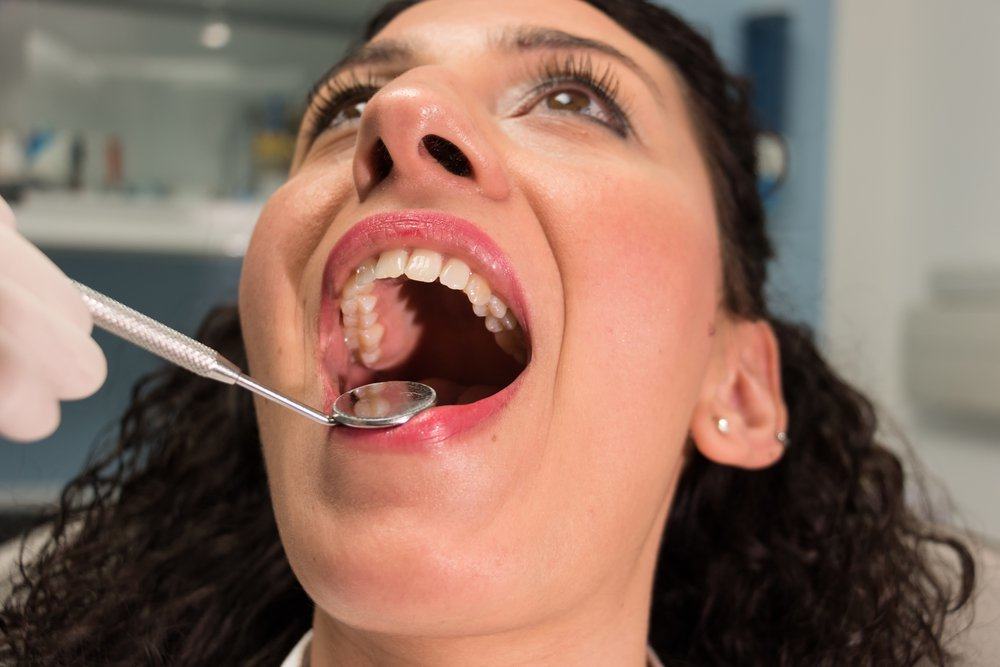Contents:
- Medical Video: Learn First Aid Vocabulary in English – It could save your life!
- Causes of blunt force trauma
- Signs and symptoms of blunt blows
- 1. bruising
- 2. Scars
- 3. Lacerations
- First aid for blunt blows
- 1. Check the wound condition
- 2. Find a safe place
- 3. Treat existing injuries
- 4. If the victim is unconscious
Medical Video: Learn First Aid Vocabulary in English – It could save your life!
Blunt force trauma is a wound on the body that occurs due to a hard blow from an object that has a blunt surface. Blows occur suddenly and are delivered with great power. The characteristics of blunt trauma injuries are different from penetrating injuries - for example puncture wounds or gunshot wounds. This wound does not pierce through the skin or flesh, so it does not cause a lot of external bleeding. What should you do when you receive a blunt blow?
Causes of blunt force trauma
Blunt force trauma can sometimes be caused by criminals who attack victims with their hand blows, large blocks of wood, baseball bat, or other similar items with blunt ends that will cause severe damage to the body or skull if affected quickly.
Blunt trauma can also be experienced during a car accident, especially if the individual involved does not wear a seat belt and is thrown forward at high speed to hit the dash, steering wheel, or rear passenger who is thrown forward to hit the back of the driver's seat or front passenger.
In most cases, a blow like this is not deadly and only leaves a trail of faint bruises on the skin. But someone can die due to complications from internal organ damage from the fatal blow they received.
Signs and symptoms of blunt blows
There are several signs and symptoms of trauma to blunt blows, namely:
1. bruising
Bruising is often the main sign of the presence of a broken blood vessel beneath the surface of the skin. However, the presence of these bruises cannot always be a definite benchmark for how severe or how much damage occurs in the body, such as in the chest cavity and around the lungs.
2. Scars
Scars, abrasions, or friction injuries can appear as a result of blunt force trauma. This might happen when the victim is beaten, dragged, or kicked. These injuries sometimes also indicate that the victim is attacking the offender, trying to reach something as a form of defense, or getting hit by something. The presence of a scratch wound can also measure how much the victim's struggle against the attacker.
3. Lacerations
Lacerations are lesions that tear tissue under the skin. You can be beaten severely or have a severe impact on a sturdy object, causing severe damage to the tissues and organs of the body. Lacerations are not always visible when seen with the naked eye, and if the victim has died, new autopsy can reveal the presence of lacerations.
It is worth mentioning that the above symptoms do not always have to be present in the body of the victim of the attack to prove that blunt trauma is the root cause. This is due to differences in various areas of the body that are related to tissue softness and bone mass.
For example, someone might be beaten or get a heavy blow to the chest but could die from a heart attack or be hit around the head where the skull bones can be broken and the fracture pierces the brain causing bleeding. A hard blow to the stomach can cause the spleen to rupture, which in itself can be fatal if left untreated. Blunt blows can also cause fractures to concussion.
First aid for blunt blows
This is what should be done if you receive a blunt blow or watch someone become a victim of violence.
1. Check the wound condition
Symptoms of blunt force trauma can vary, from the mildest to the most severe and fatal - for example black eyes to concussion. You need to evaluate the severity of the wound in order to find out what the next step is. Here are two guidelines to use.
- Where is the punch? - The punch effect in some places can be more severe than others. Feet and hands are usually the two most "safe" areas, unless there is a fracture or fracture. Other places, such as the head and neck, are very very sensitive. If you receive a heavy blow to a sensitive area, you should seek medical attention immediately (emergency number 118).
- How hard is the punch? - How severe the damage depends on how hard the punch you receive. For example, damage from the bump to the abdomen or the shock of an electric pole is certainly much lighter than swinging a baseball bat to the head.
2. Find a safe place
Lie in a comfortable position. Try lifting an area where blunt trauma is received. Bruises and swelling may occur in the area, so be prepared for that. Compress ice (wrap it first with a thin cloth) in the area, no more than 15 minutes. Prolonged cold exposure can further damage damaged tissue.If a pain reliever (ibuprofen / paracetamol) is within range, drink according to the dosage and instructions on the packaging.
3. Treat existing injuries
Blunt trauma rarely causes torn wounds, but often causes many abrasions or scratches. If there is, clean it with a stream of water, dry and sterilized, and wound dressing to avoid infection.
4. If the victim is unconscious
If the victim of the blow is unconscious, try to wake him up by shaking his body or a soft shout. Elevate the head and body slightly above the heart. Make sure he keeps breathing. If breathing stops, give CPR if you know how. Keep the airway free from blockages, and roll the person on the side if they vomit.

